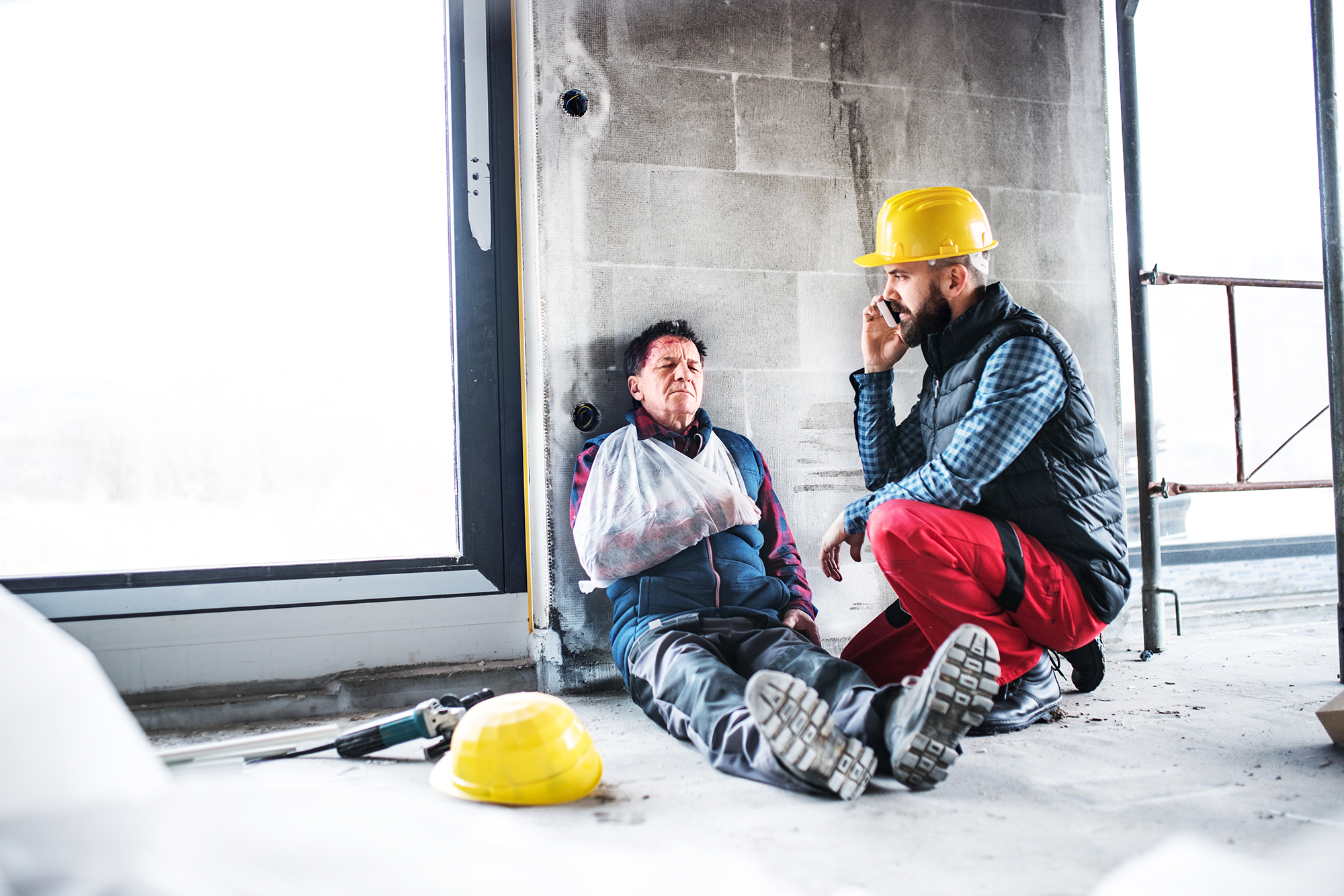CAPTIVE INSURANCE IN THE CONSTRUCTION WORLD
Captives are becoming increasingly as insureds begin to assess the risk vs reward of the traditional insurance market. A captive insurer is an insurance company, wholly owned and controlled by its insureds, with the purpose of covering the insureds’ risks WHILE allowing the insureds to benefit from any underwriting profits.
There are a few misconceptions regarding captive insurance programs. Some examples are:
- We are too small for a captive
- We don’t like the idea of going self-insured
- Captives are too difficult to understand
- We don’t have the capital to fund a captive
These are common myths regarding why captives aren’t for you. Let’s debunk them.
We are too small. Surprisingly captive insurance programs can be for insureds paying as low as $150k for casualty insurance.
Self-Insurance is not for us. Captives are not considered “self-insured” programs. Captives, like traditional insurance companies, pull premiums from all their insureds to pay losses and cover overhead. Captives use the philosophy to only insure the best in class contractors – therefore, allowing for savings and underwriting profits to be returned to the insureds.
Captives take too long to put together. It’s possible to perform a feasibility study in a matter of a few days, and then form or enroll a captive within a couple of months.”
Finally, capitalization for captives is much less than most think. It can differ based on size and claims history, but chances are, if you are paying $300k a year for insurance, the capitalization costs will be exceeded by the savings very quickly.
Captives are built for the construction company that has a long term focus on safety and risk management and want to be rewarded for their low loss ratios. Upcoming hardening of the insurance market will continue to increase popularity in captive programs.
About the Author
Share This Story
Related Blogs
OSHA’s Safe and Sound Week Scheduled for Aug. 12-18
Each year, more than 5,000 workers are killed on the job. Additionally, more than 3.6 million employees are seriously injured each year while at work. Because of this, the Occupational Safety and Health Administration (OSHA) holds a nationwide event each August called Safe and Sound Week, which promotes the importance of companies incorporating safety and health programs into their workplace. This year, the event runs Aug. 12-18, 2024.
2024 Midyear Market Outlook: Workers’ Compensation
Profitable underwriting results have generated favorable conditions across the workers’ compensation insurance market for nearly a decade. According to the National Council on Compensation Insurance (NCCI), the segment produced combined ratios of 84.5 and 84.9 in 2022 and 2023, respectively, demonstrating continued profitability.
CrowdStrike, the Most Important Cyber Accumulation Loss Event Since NotPetya, Highlights Single Points of Failure
In what is being called “the most important cyber accumulation loss event since NotPetya,” the July 19, 2024, global technology outage (CrowdStrike) will produce scores of insurance claims across a range of policies, test cyber policy wordings,and sharpen the industry’s focus on single points of failure.







